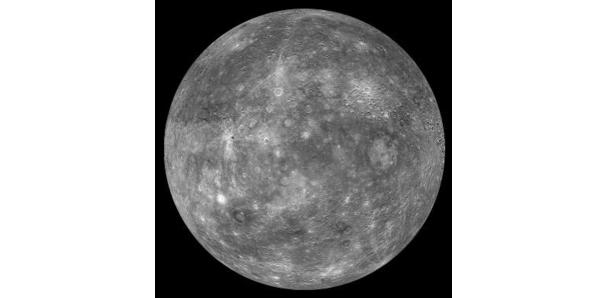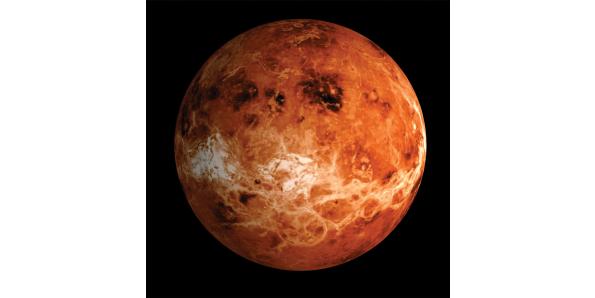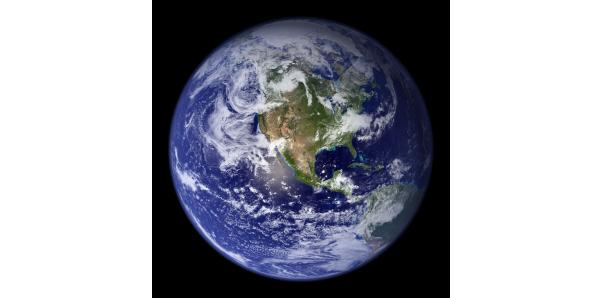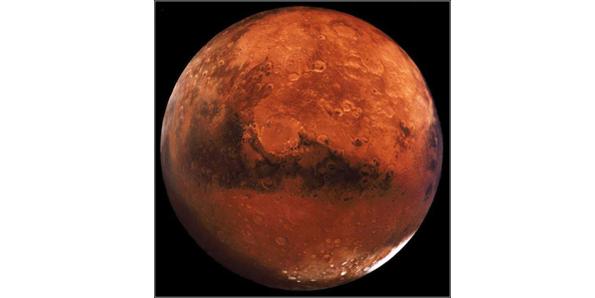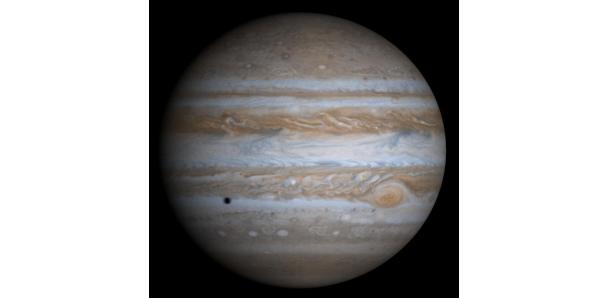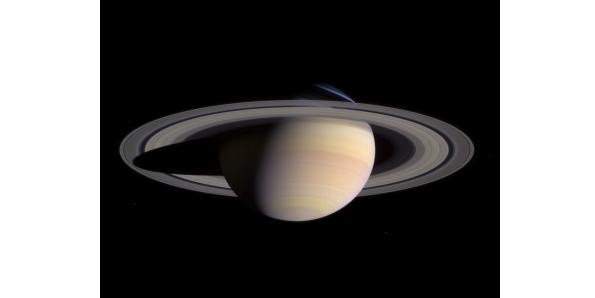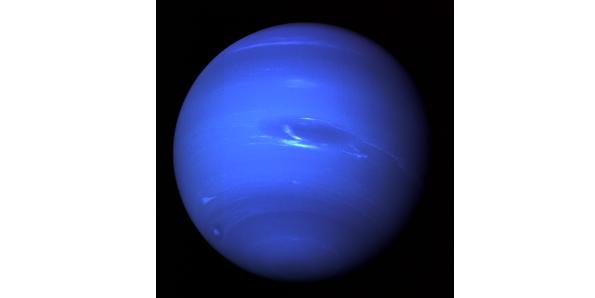| Online: | |
| Visits: | |
| Stories: |
8 Planets in our Solar System and Everything we know about them
Our solar system consists of Sun, the eight planets, their respective satellites and thousands of other heavenly bodies such as asteroids, comets etc. The sun is believed to be at center of the solar system, binding all the planets and other objects around it with its gravitational pull. Thus, the motion of all the members of the solar system is governed mainly by the gravitational force of sun. The sun is also the main source of all the energy in the solar system. The size of solar system has been estimated to be about 10^5 A.U.
The awake of Scientific Revolution has been changing of our views regarding universe persistently. Since its discovery in 1930 by Clyde Tombaugh the Pluto was known to be 9th planet of solar system. In late 1990s controversy behind the Pluto being a planet got spark by astronomers. Later, in 2006, August 24, IAU (International Astronomical Union) declared that Pluto would no longer remain a planet. Pluto was given the status of “Dwarf Planet” in September 2006. It is even smaller than our moon.
Hence, as per the latest news there are 8 planets in the solar system. Take a look ahead to know more about the planets in our solar system.
1. Mercury
Mercury is the 1st and hence the closest planet to sun. It is the smallest planet of solar system, with mass and volume approximately 0.06 times that of Earth. It is named after Messengers of Roman God due to its fast rotational speed. A year on mercury is 88 days long and a day comprises of 176 Earth days. It has no atmosphere to retain heat and hence experiences greatest climatic variations.
2. Venus
Venus is the second planet of solar system, known to the ancient astronomers and named after the Roman Goddess of Love and Beauty. It is quite similar to earth in its mass, size, gravity, composition and density. It is the closest planet to Earth with dense atmosphere which traps heat leading to runaway greenhouse effect. It is the natural brightest object in sky after the sun and moon. There is surface pressure of 90 times that of Earth which is enough to crush you. It has no natural satellites. It is extremely dry and hot.
3. Earth
Earth, the 3rd planet of solar system is the only planet known to harbor life on solar system. Its name comes from Anglo-Saxon word ‘erda’ meaning ground or soil. It is the only planet which is not named after God. It is sometimes referred to as Blue planet due to the presence of water over 70% of its surface. Earth’s atmosphere is enriched with life supporting elements like oxygen, nitrogen, water etc. Life on Earth appeared 3.4 billion years ago, formerly as aquatic life which further moved to its surface with the help of its magnetic field and ozone layer formed due to the result of life supporting components. The planet is a home to millions of species including us. Earth is personified as mother in most of the mythologies. The densest planet of the solar system, Earth has a single natural satellite Moon. Earth rotates along its axis in 23 hours 56 minutes making it the duration of a day. During its rotation around the sun it rotates 366.26 times on its axis, creating a year.
4. Mars
Mars is the 4th planet of solar system, known to the ancient astronomer and named after Roman God of War. It is also known as Red planet as the presence of iron oxide on its surface gives it a reddish color. It has a cold, desert like, dusty and thin atmosphere. Olympus Mons, the tallest mountain of Mars is the second tallest mountain of Solar system. It is the second smallest planet of solar system with mass approximately 0.11 times that of Earth and volume 0.15 times that of Earth. It has two known moons, Phobos and Deimons. It is quite similar to earth in its rotational speed and seasonal cycle. A day on Mars is made up of 24 hours 37 Earth minutes. Due to the presence of very thin atmosphere there is no possibility of liquid water but the planet is believed to be wet and warm once. Hence there may be some traces of past life. It is visible to the naked eyes.
5. Jupiter
5th and the largest planet of the solar system, Jupiter is a gas giant with mass 318 times that of earth and volume 1321 times that of Earth. If we combine the mass of all other planet in solar system, the Jupiter weighs two and a half times of them. It was discovered by astronomers of ancient times. It is named after The Ruler of Roman Gods. A Jupiter day is made of 9.8 Earth days. Jupiter is fastest spinning planet of solar system; it takes 10 hours to complete a rotation along its axis. Due to its fast rotation planet is of oblate spheroid shape (flattened at the poles and bulging at equator, like Earth) and a strong magnetic field. Jupiter has a great red spot on it since 350 years due to the fierce storm resulting from the strong forces. Jupiter is surrounded by beautiful whirling cloud and faint planetary rings. Jupiter has a total of 67 natural satellites. It is visible to the naked eye in the night sky. There is no possibility of Earth like life on Jupiter due to lack of water yet there may exist water based life in upper atmosphere of Jupiter.
6. Saturn
Saturn is the 6th planet of solar system and was named after the Roman God of Agriculture. It is the second largest planet of solar system. Saturn is well known for its planetary rings which make it visibly different. Saturn consists of the concentric rings around it made up of ice and ice covered dust particles which revolve around it. Saturn has nearly 150 satellites, and satellite Titan is largest satellite in the entire solar system. Its mass is 98 times that of earth and volume is 764 that of earth. Saturn has strong wind as well as strong magnetic field which trap energy particle resulting in radiation.
7. Uranus
The 7th planet of the solar system, Uranus, previously thought to be a star due to its dimness and slow orbit, gained planetary status in March 13, 1781. It was discovered by scientist William Herschel, being the first planet to be discovered by scientists (with the help of Telescope). It was named after Greek Sky God, Ouranos. It is the only planet whose name is derived from Greek Mythology rather than Roman Mythology. Every other planet of solar system is named as per Greek Mythology. With mass 14 times that of earth and volume 68 times of earth, Uranus is the coldest planet in solar system. The planet is tilted unusually along its axis which gives rise to extreme seasons lasting for about 20 years. A day in Uranus lasts for 84 earth years. Uranus has 27 known natural satellites.
8. Neptune
Neptune is the 8th and now the outermost planet of solar system. Discovered on 23rd September, 1846 by Johann Galle and Urbain Le Verrier, Neptune was the first planet which was predicted to exist using mathematical calculations before its actual discovery. Neptune was named after The Roman God of Sea, and it has 14 satellites. Mass of the Neptune is 17 times that of earth and 58 times its volume. It is a cold planet and known for its rocky core and strong winds. It revolves around the sun in roughly 165 years and rotates along its own axis in 19 earth hours. After every 248 years, Pluto moves inside the Neptune’s orbit for approximately 20 years.
Source: http://top-10-list.org/2014/04/18/8-planets-in-solar-system/





